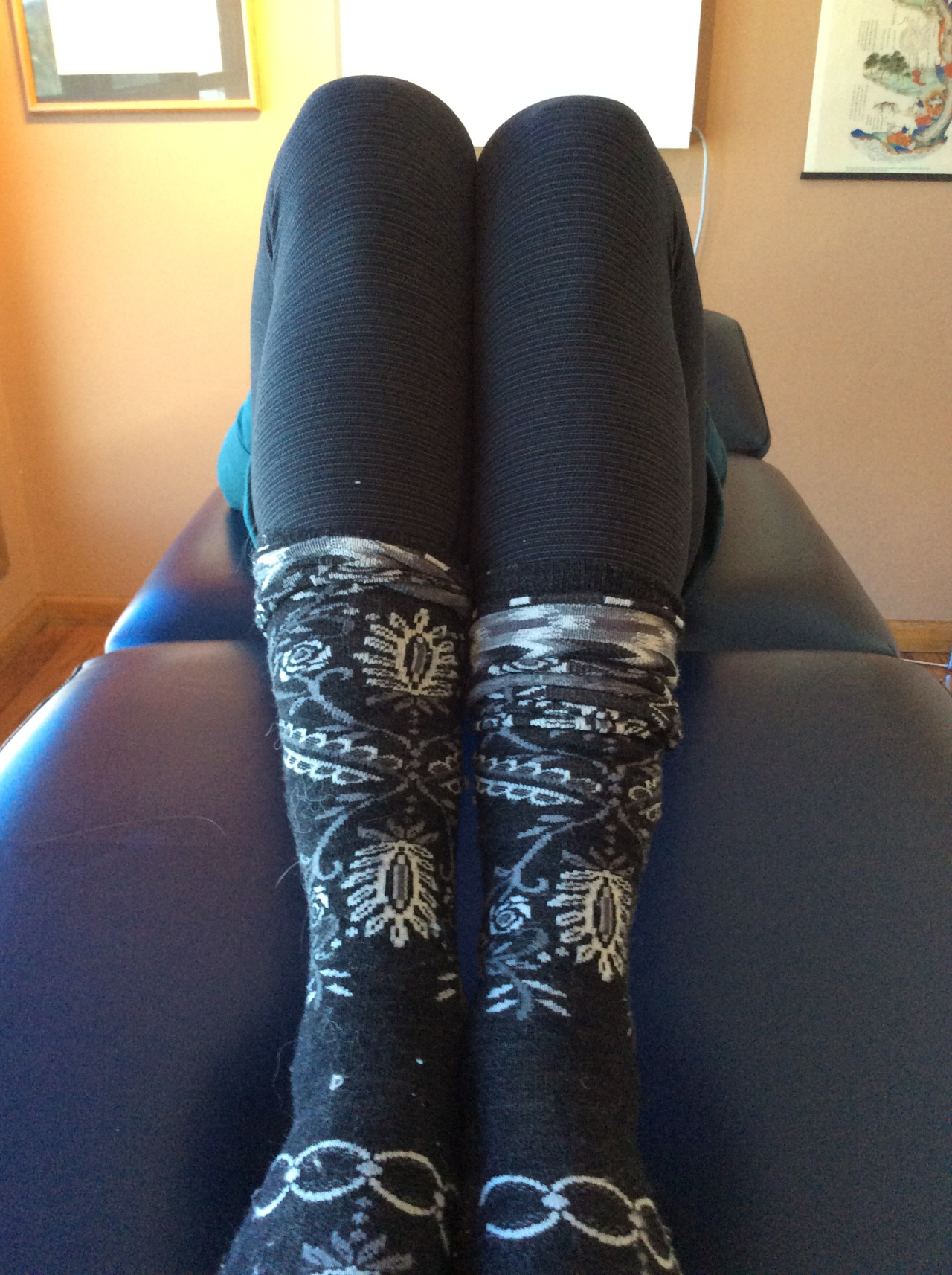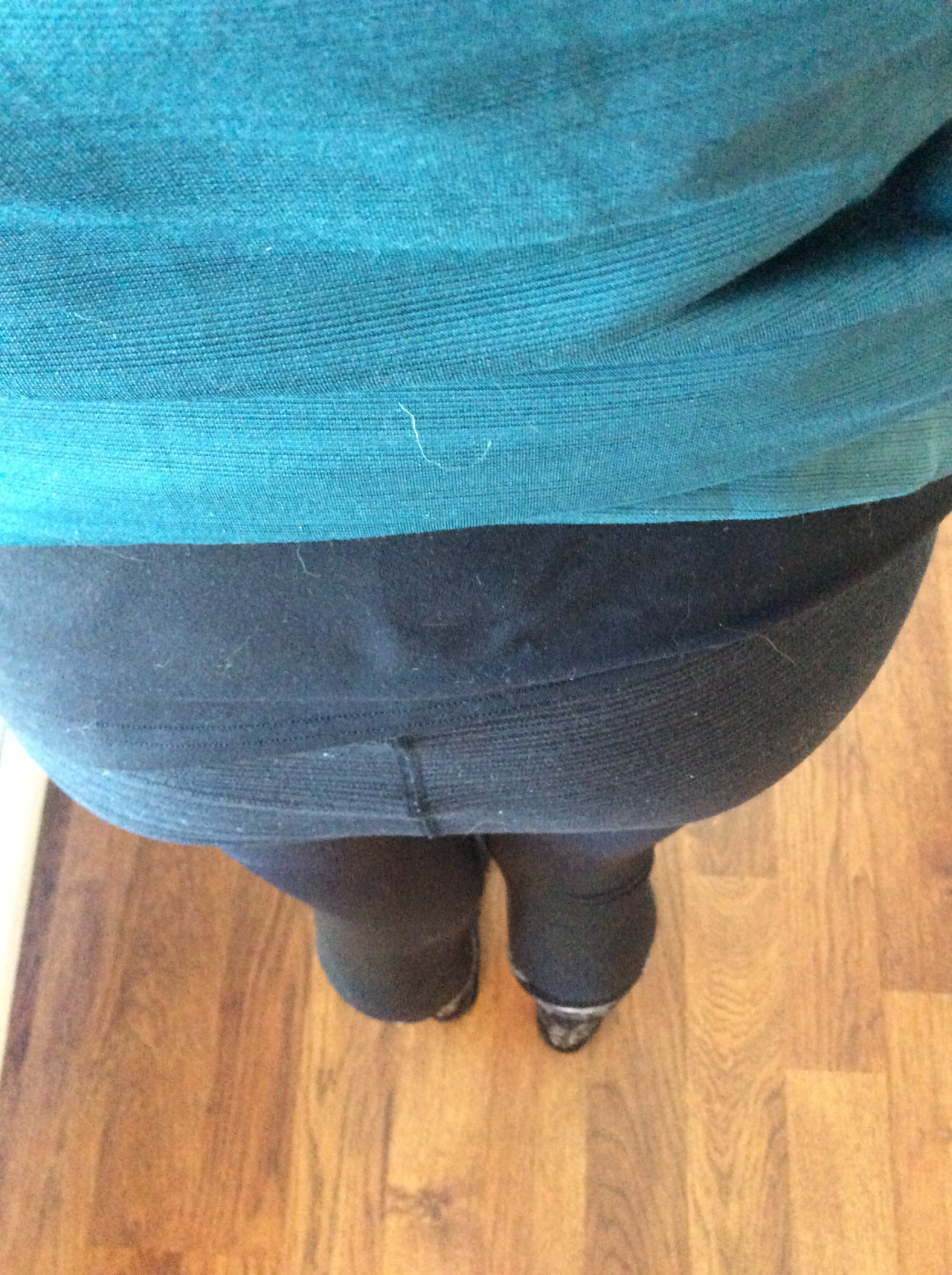Eliminating the fake out of ample ankle rocker through foot pronation in the squat and similar movements: How low can you go ?
This is a simple video with a simple concept.
* Caveat: To avoid rants and concept trolling, am blurring lines and concepts here today, to convey a principle. Do not get to tied up in specifics, it is the principle I want to attempt to drive home. What you see in this video is clearly more lunge/knee forward flexion rather than hip hinge movement. However, keep in mind, that this motion does occur at the bottom of many movements, including the squat.
You can achieve or borrow what “appears” to be more ankle dorsiflexion, a term we also loosely refer to as ankle rocker, through the foot, foot pronation to be precise. Do not mistaken this extra forward tibial progression range as ankle rocker mobility however. When you need that extra few degrees of ankle dorsiflexion deep in your squat, or similar activities, you can get it through your foot. Often the problem is that you do not think that is where it is coming from, you might just think you have great ankle mobility. Many deep squatters are borrowing those last few degrees of the depth of the squat from the foot. This is not a problem, until it is a problem. Watch the video above. Why ? Because when the foot pronates and begins to collapse (hopefully a controlled collapse/pronation) the knee follows. Forcing the knees outward in a squat like some suggest is a bandaid, but I assure you, the problem is still sitting on the table.
Go do a body weight squat with the toes up like in this video. Toes up raises the arch from wind up of the windlass and increased activity of the toe extensors and some assistance from the tibialis anterior and some other associated “helper” muscles. When the arch is going up, it cannot go down. So, you raise your toes and do your squat. This will give you a better, cleaner representation of how much mobility in your squat/lunge/etc is from ankle dorsiflexion, knee flexion and hip flexion. You can cheat and get some from the foot. The foot can be prostituted to magnify the global range, and like I said, this is not a problem until it IS a problem. We know that uncontrolled and unprotected increases in foot pronation can cause a plethora of problems like plantar tissue strain, tibialis posterior insufficiency and tendonopathies, achilles issues, compression at the dorsum of the cuneiform bones (dorsal foot pain) to name a few. This dialogue however is not the purpose of this blog post today. You can read more about these clinical entities, proper foot tripod skills and windlass mechanics on other blog posts on this site.
Today, we just wanted to bring this little “honesty” check to your awareness. Has been a staple in my clinic for over a decade, to help me see where limitations are and to show folks how they can cheat so much through the foot. Go ahead, try it yourself, see how much you use your foot to squat further if you have end range mobility issues in the hips, knees or ankles. The foot is happy to give up the goat, it just doesn’t know the repercussions until they show up.
So, lift your toes, do a full squat. Go as low as you can with good form with the toes up. Then, at the bottom of the squat or the bottom of your clean mobility, suddenly drop your toes and let the arch follow if it must. Here is the moment of truth, at that moment the toes go down, feel what happens to the foot, ankle, tibial spin, knee positioning, pelvis posture changes. Careful, these are subtle. You may find you are using foot pronation more that you should, more than is safe. Now try this, bottom out your cleanest squat as you regularly would, and at the bottom, raise your toes and try to reposition the foot arch and talus height. In other words, reposture your foot tripod, see how difficult this is if you can do it at all. Perhaps you will find your toe extensors are too weak to even get there. This is how we cheat and borrow. We should not make it a habit, it should be used when we need it, but it should not be a staple of your squatting diet, it should not be a regular event where you prostitute sound biomechanics. Unless you wish to pay for it in some way. What should happen is that you should be able to bring your toes down and not let the arch follow, but that is a skill most have not developed. It is a staple move in your clients’ movement diets.
Does all this mean you should squat with your toes up ? No, but it may serve you well in awareness, evaluation, and looking for potholes and power leaks. At the very least, give it some thought and consideration. You may see some smiles and have some lightbulb moments between you and your athletes and clients.
Plan on blocking this foot pronation range with an orthotic ? How dare you ! At least try to do it through reteaching this and the tripod skill first. Give your a client a chance to improve rather than a bandaid to cope.
Dr. Shawn Allen, one of the gait guys



































